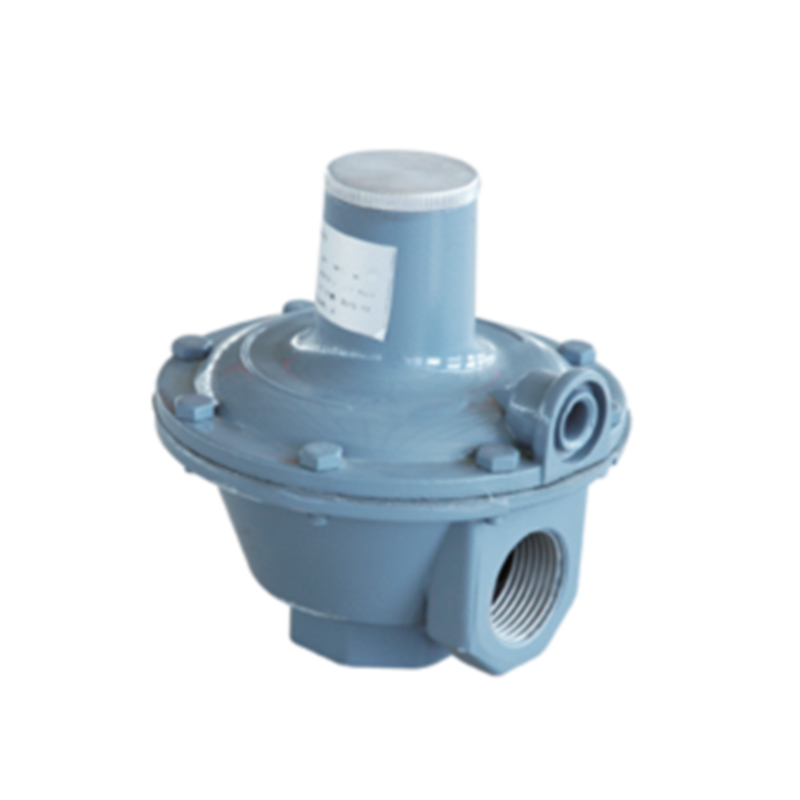
Dec . 27, 2024 04:20
Back to list
Optimizing Heat Exchanger Efficiency for Enhanced Thermal Performance and Sustainability
Understanding Heat Exchangers An Essential Component in Thermal Management
Heat exchangers play a crucial role in a wide range of engineering applications, from power plants and chemical processing to HVAC systems and automotive industries. These devices facilitate the transfer of heat from one medium to another, ensuring efficient thermal management and energy conservation. In this article, we will explore the various types of heat exchangers, their applications, and the key principles that govern their operation.
What is a Heat Exchanger?
A heat exchanger is a system designed to transfer heat between two or more fluids (liquid or gas) at different temperatures. The main goal is to either heat or cool a fluid without mixing them. This is essential in many processes where maintaining specific temperatures is crucial for efficiency and safety.
Heat exchangers are classified based on their construction and flow arrangements. The most common types include
1. Shell and Tube Heat Exchangers Comprised of a series of tubes, one set carries the hot fluid while the other carries the cold fluid. This configuration is widely used in power generation and chemical processes due to its robust design and high heat transfer efficiency.
2. Plate Heat Exchangers These consist of multiple thin plates stacked together, allowing fluids to flow between them. This design maximizes surface area, resulting in enhanced heat transfer rates. Plate heat exchangers are often utilized in food processing and HVAC systems.
3. Air-Cooled Heat Exchangers Commonly used in outdoor settings, these exchangers use air as the cooling medium. They are often found in refrigeration and air conditioning systems, effectively dissipating heat from gases or liquids into the atmosphere.
4. Double-Pipe Heat Exchangers As the name suggests, these consist of one pipe placed inside another. One fluid flows through the inner pipe while the other flows in the annular space between the two pipes. This design is simpler and is often used for smaller applications.
مبادل حراري

Applications of Heat Exchangers
Heat exchangers are employed in a multitude of industries and applications, including
- Power Generation They facilitate the cooling of steam in condensers and the heating of water before it reaches the steam generator, improving overall energy efficiency. - Chemical Processing In reactors and distillation columns, heat exchangers help maintain the desired reaction temperatures and facilitate effective separation processes. - HVAC Systems They are integral to both heating and cooling processes, ensuring comfortable indoor climates and maximizing energy efficiency. - Automotive Industry Heat exchangers in vehicles, such as radiators and intercoolers, help manage engine temperature and optimize performance.
Principles of Operation
The performance of a heat exchanger is influenced by several key factors, including the temperature difference between the fluids, flow arrangement, and surface area for heat transfer. The effectiveness of a heat exchanger can be expressed through the concept of heat transfer coefficients, which quantify how efficiently heat passes through the exchanger's surface.
The primary mechanism of heat transfer within a heat exchanger can occur through conduction, convection, or, in some cases, phase changes. Engineers strive to design systems that maximize these heat transfer principles while minimizing pressure drops and energy losses.
Conclusion
Heat exchangers are vital components in modern thermal management systems, contributing to energy efficiency and operational effectiveness across various industries. By understanding the types, applications, and operational principles of heat exchangers, engineers can design better systems that not only conserve energy but also ensure safety and reliability. As technology continues to advance, the development of more efficient and compact heat exchangers will be crucial in addressing future energy challenges and environmental concerns. Whether it's in the realm of industrial processes or everyday applications, the importance of heat exchangers remains unwavering in the pursuit of sustainable energy solutions.
Next:
Latest news
-
Safety Valve Spring-Loaded Design Overpressure ProtectionNewsJul.25,2025
-
Precision Voltage Regulator AC5 Accuracy Grade PerformanceNewsJul.25,2025
-
Natural Gas Pressure Regulating Skid Industrial Pipeline ApplicationsNewsJul.25,2025
-
Natural Gas Filter Stainless Steel Mesh Element DesignNewsJul.25,2025
-
Gas Pressure Regulator Valve Direct-Acting Spring-Loaded DesignNewsJul.25,2025
-
Decompression Equipment Multi-Stage Heat Exchange System DesignNewsJul.25,2025

